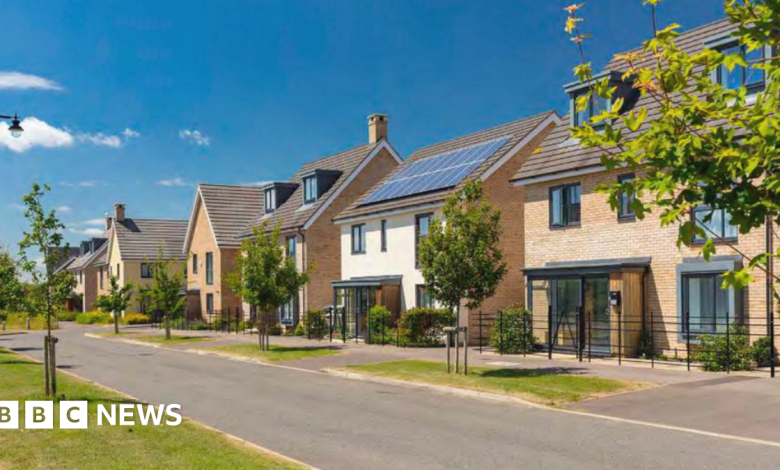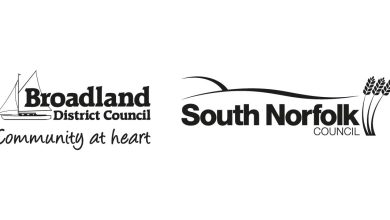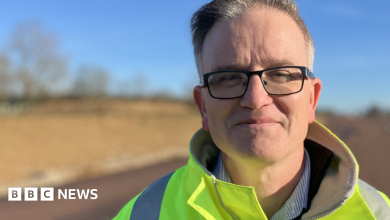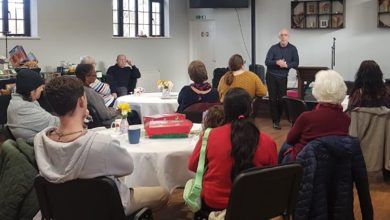New plans emerge for almost 4,000 homes in Rackheath, Norfolk

Bridging Communities: Taylor Wimpey’s Vision for North Rackheath
A transformative mixed-use development is being proposed for the former US airbase between Rackheath and Salhouse, promising to create a vibrant new community while connecting existing villages. Taylor Wimpey, the developer behind this ambitious project, has outlined plans that would turn what is currently agricultural land into a comprehensive living space complete with educational facilities, green spaces, employment opportunities, and recreational amenities. The development, dubbed “North Rackheath,” represents one of the company’s most significant undertakings and would be constructed in six distinct phases, gradually expanding northward toward Wroxham.
This project isn’t emerging in isolation but forms a crucial component of the Greater Norwich Local Plan, which aims to address regional housing needs by creating 45,000 new homes over the next fifteen years. North Rackheath would contribute significantly to this target while establishing what Taylor Wimpey describes as “an attractive and desirable place to live, to work and for recreation.” The company emphasizes their commitment to thoughtfully integrating the development with the existing landscape, promising innovative approaches that respect and enhance the natural environment rather than simply overwriting it.
The educational infrastructure planned for North Rackheath demonstrates a comprehensive approach to community building, with land allocated for two primary schools and one secondary school. This forward-thinking element acknowledges that sustainable communities need more than just housing—they require services and amenities that support families through various life stages. Similarly, the inclusion of orchards and allotments speaks to a growing desire for connection to food sources and opportunities for residents to engage with sustainable practices, potentially fostering a stronger sense of community ownership and environmental stewardship.
Employment land incorporated into the development plan recognizes the importance of creating not just bedrooms but also workplaces, potentially reducing commuting pressures and creating a more balanced community ecosystem. The sports facilities further round out the vision for a complete community where residents can pursue active lifestyles without traveling significant distances. This holistic approach to planning represents contemporary best practices in urban development, where mixed-use spaces are increasingly valued for their ability to create more vibrant, sustainable, and socially connected neighborhoods.
The phased approach to building North Rackheath demonstrates practical considerations about how large-scale developments can be implemented without overwhelming existing infrastructure and communities. By gradually expanding northward toward Wroxham, Taylor Wimpey allows for organic growth and adaptation, potentially incorporating lessons learned from earlier phases into later construction. This methodical expansion also provides opportunities for new residents to establish community connections and for local services to scale up in response to growing demand, rather than facing sudden population increases that might strain resources.
What makes the North Rackheath proposal particularly notable is its potential to redefine what was once military infrastructure as a space for civilian flourishing. The transformation of a former US airbase into homes, schools, workplaces, and recreation areas represents a powerful example of how land can be reimagined and repurposed over time. If approved and thoughtfully executed, this development could serve as a model for how large-scale housing projects can contribute positively to regional planning goals while creating genuinely livable communities rather than mere housing estates. The project now awaits approval, with its future impact on the Norwich area hanging in the balance of planning decisions and community response.








